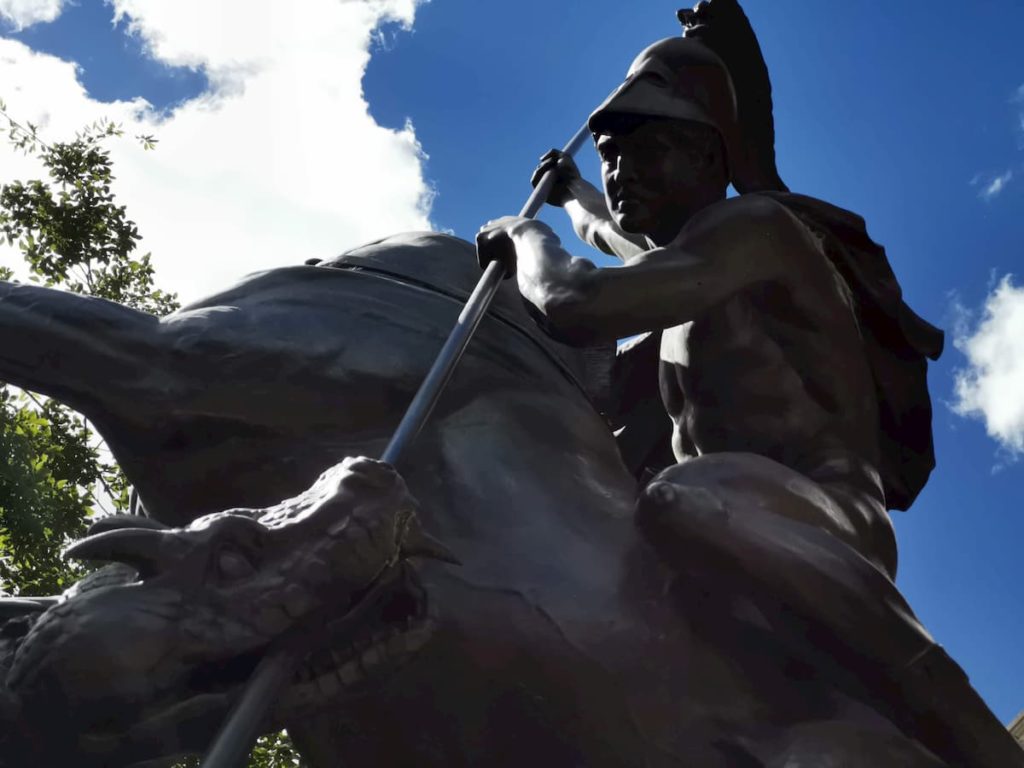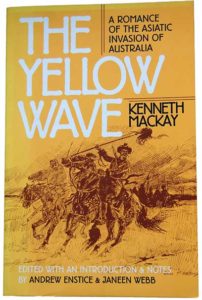I’d resisted watching the Crown out of republican resentment at the hold the British monarchy has over the Australian nation. Deference to royalty seems the major impediment to Australia taking greater control of its destiny, finding its unique place in the world and a contribution to make to humanity.
But lockdown left me scrambling for quality viewing and I’d admired Olivia Coleman’s acting in Broadchurch. Indeed, the first episodes of series three were rivetting. Coleman’s transformation from a self-deprecating dowdy lower-middle-class mum to a ruler of her nation was alchemical. She brought warm comic humour to the role that humanised the queen without taking away her dignitas.
Indeed, the life of the Windsors reminded me of the family in Years and Years. With all their dysfunction, they still manage to stay together in common witness to a world that is changing all recognisable shape. The viewing family remains the one constant, echoing the implied audience, watching themselves.
The most compelling scenes for me were the cups of tea shared between the Queen and the Prime Ministers. These were awkward encounters involving stiff formalities—with the Queen’s finger hovering over the button that would summon the butler for a swift termination.
The encounter between Elizabeth Windsor and Harold Wilson was brim with comic overtones. An overt anti-elitist, Wilson had to retain his integrity while kowtowing to the monarch. The confidentiality of these conversations makes them particularly delectable for viewers.
In one scene, the Queen confesses to the PM that she felt nothing when visiting a Welsh village that had suffered a terrible mining disaster. He reciprocates by confessing that his working-class style is all affectation: he prefers cigars to a pipe.
The hundreds of cups of tea shared with fourteen Prime Ministers, from Winston Churchill to Boris Johnson, may well be filled with these moments of humanity, shared between leaders. But it also implies a space where truths could be spoken, rather than crafted for political value.
I’ve long been intrigued by the concept of “chronotope” developed by the Russian literary theorist Mikhail Bakhtin. Bakhtin analysed the particular spaces in literature where plots and characters would be allowed to develop. Certain conversations would occur in these spaces, like the Schwellendialog “dialogue on the threshold” such as at the gates of heaven.
In Australia, we have a similar kind of imaginary space: the pub. “But will it pass the pub test?” is an enduring idiom of Australian politics. Democracy seems to depend as much on these spaces as the formal scene of parliament, perhaps even more.
But the “pub test” in Australia implies a beer-drinking Australian adult male who is sceptical of policy and concerned only with his own interests. Part of a future challenge for an imagined Australian republic is to create a new “chronotype” where were can have the kind of conversation that speaks truth.
Where would that be? Around the campfire, or the smouldering bushfire? Waiting to catch a wave at the beach, or the waiting room of a virus testing tent?
Australia has been increasingly captive to the kind of “retail politics” which sacrifices policy to short-term electoral gain. There’s been little sense of the life of political leaders beyond their calculations. What if Australian Prime Ministers had a regular confessional meeting with a monarch like their British forebears? I’m beginning to wonder if Australia’s own monarch might be a better alternative to an elected president.
It’s a pity that the Crown is stuck in the past.





